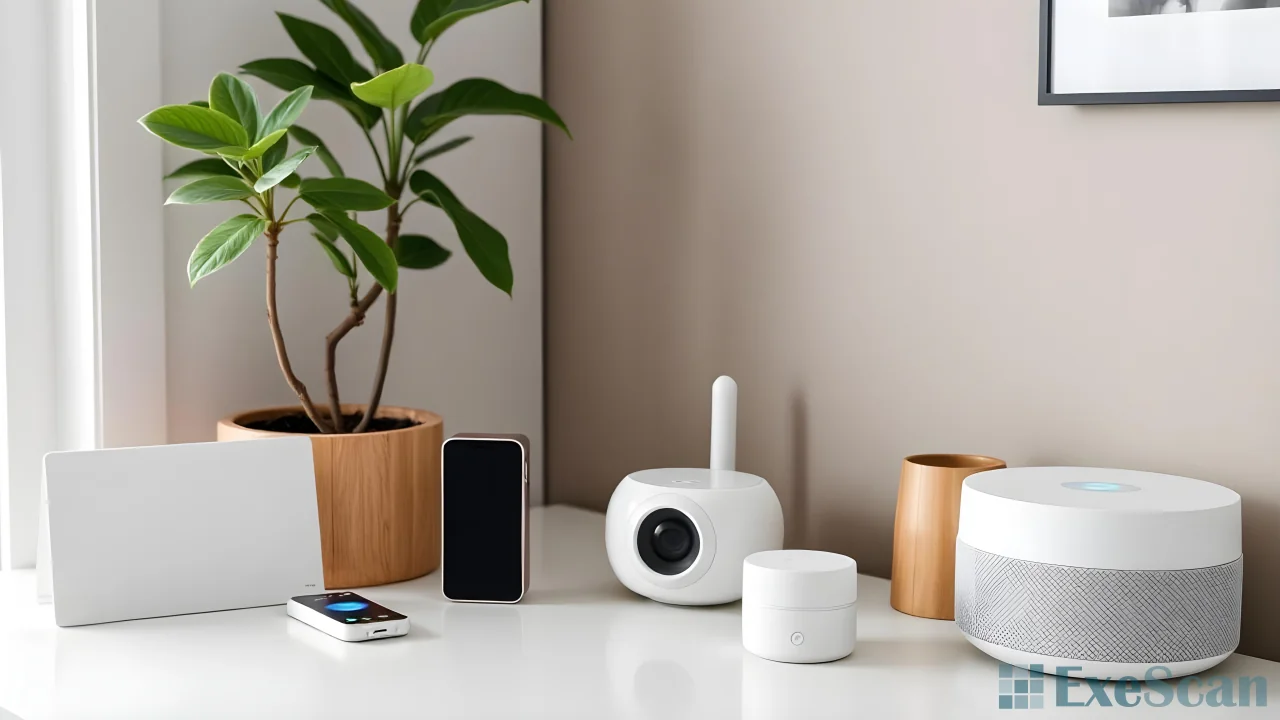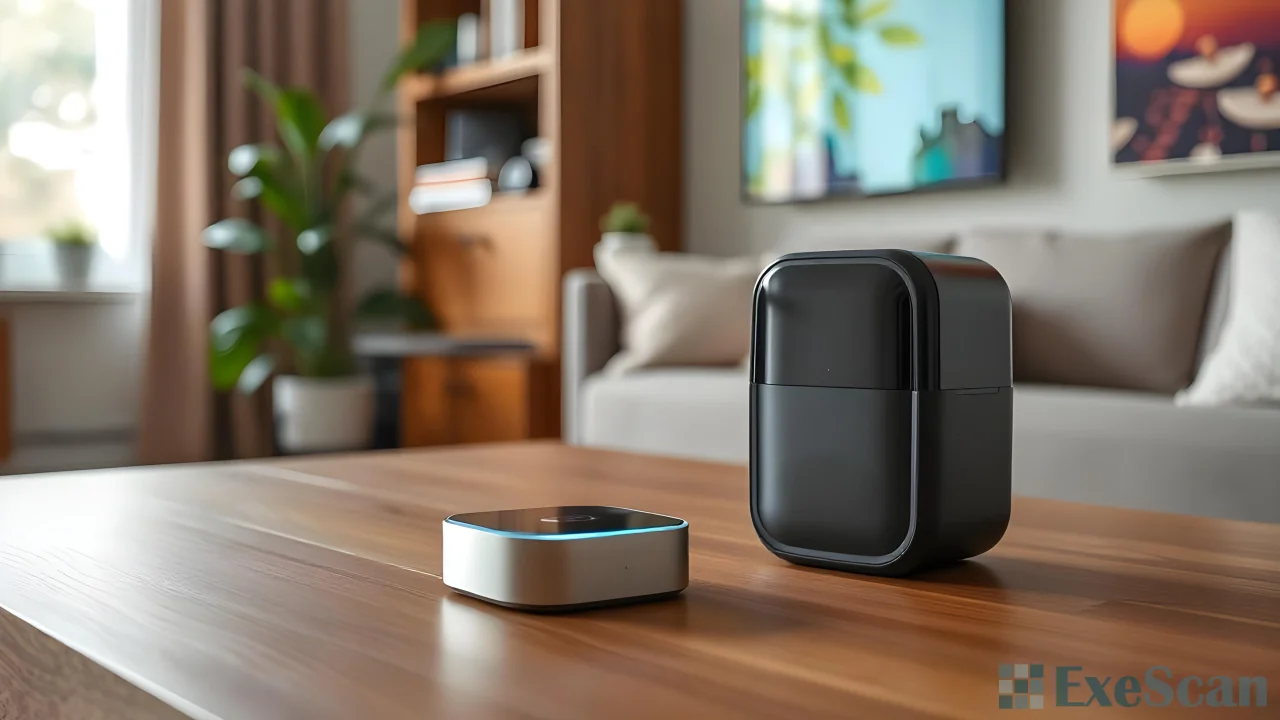The Internet of Things (IoT) has transformed the way we live, work, and interact with the world. From smart home devices to wearable technology, IoT products offer convenience and innovation. However, with these advancements come significant security risks that can expose users to potential threats. Understanding these risks and knowing how to protect yourself is crucial in the digital age.
What Are IoT Security Risks?
IoT devices are essentially any physical object connected to the internet, capable of collecting and sharing data. While this connectivity offers immense benefits, it also opens up new avenues for cyberattacks. IoT security risks primarily stem from the fact that these devices often have weak security measures, making them easy targets for hackers.

One of the most common security issues with IoT devices is the use of default passwords. Many users do not change the default login credentials, leaving their devices vulnerable to unauthorized access. Hackers can exploit this to gain control of the device, access personal data, or even launch attacks on other connected devices.
Another significant security risk is the lack of regular updates and patches. Manufacturers may not prioritize updating the firmware of IoT devices, leaving known vulnerabilities unpatched. This neglect can allow hackers to exploit these weaknesses, compromising the security of the entire network.
The Impact of IoT Security Breaches
The consequences of an IoT security breach can be severe. If a hacker gains access to your IoT device, they can potentially monitor your activities, steal personal information, or even take control of other connected devices. For example, if a smart home security camera is compromised, it can be used to spy on the household or disable the security system entirely.
Moreover, IoT security breaches can have broader implications beyond personal harm. In cases where IoT devices are used in industrial settings, a breach could disrupt operations, leading to significant financial losses and even endangering lives. For instance, in a smart factory, a compromised IoT system could shut down machinery or cause malfunctions.

How to Protect Yourself from IoT Security Risks
While IoT security risks are a growing concern, there are steps you can take to protect yourself and your devices. Implementing these measures can significantly reduce the chances of a security breach.
Change Default Passwords Immediately
The first and most important step is to change the default passwords on all your IoT devices as soon as you set them up. Use strong, unique passwords that are difficult for hackers to guess. Consider using a password manager to keep track of your passwords securely.
Regularly Update Device Firmware
Keeping your IoT devices up to date is crucial for maintaining security. Check regularly for firmware updates from the manufacturer and install them as soon as they become available. These updates often include security patches that address vulnerabilities discovered after the device’s release.
Disable Unnecessary Features
Many IoT devices come with features that you may not need or use. Disabling unnecessary features reduces the number of potential entry points for hackers. For instance, if your smart fridge has a microphone that you don’t use, turning it off can minimize the risk of it being exploited.

Use a Separate Network for IoT Devices
Consider setting up a separate Wi-Fi network for your IoT devices. This way, even if one of your devices is compromised, the attacker won’t have direct access to your primary network, where more sensitive information is stored.
Monitor Your IoT Devices Regularly
It’s essential to keep an eye on the activity of your IoT devices. Many devices have accompanying apps that allow you to monitor their status. If you notice any unusual behavior, such as a device turning on by itself or data usage spikes, investigate immediately.
Implement Network Security Measures
Ensure that your home network is secure by using a strong Wi-Fi password and enabling encryption. Additionally, consider using a firewall to block unauthorized access and a VPN to protect your internet traffic from prying eyes.

Educate Yourself on IoT Security
Staying informed about the latest IoT security threats and best practices is essential for protecting yourself. Follow reliable sources for updates on new vulnerabilities and tips on how to secure your devices. The more knowledgeable you are, the better you can protect your digital environment.
Conclusion
IoT devices offer incredible convenience, but they also come with inherent security risks. By understanding these risks and taking proactive steps to protect your devices, you can enjoy the benefits of IoT without compromising your security. Changing default passwords, updating firmware, disabling unnecessary features, using a separate network, monitoring your devices, implementing network security, and staying informed are all essential strategies for safeguarding your IoT environment. Remember, your security is in your hands, and with the right precautions, you can minimize the risks associated with IoT devices.


